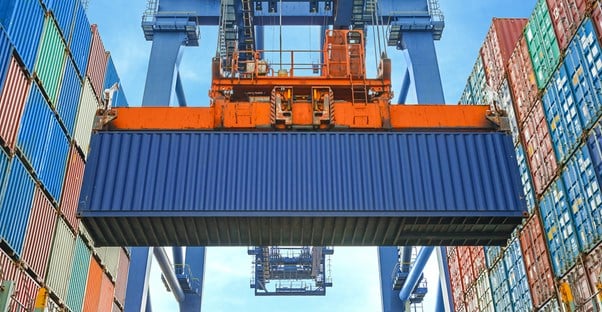How you should ship your merchandise should be a serious consideration when you’re a small business owner. Cutting costs can be important and you can save money by freight shipping. As a general rule, freight shipping should be used if you’re shipping over 150 pounds. If you’ve chosen freight shipping, here are a few tips you’ll find useful.
- Choose the best company.
Choosing which company to ship your goods can be risky. You want the best company, but you don’t want to pay a ridiculous sum. Well, to help you figure out what service you should use, you can check out many sites that show multiple prices per freight company. Sites like iShip and interShipper use the size, weight, and location to calculate the cheapest way to send packages. - Negotiate for the best price.
Don’t simply pick a company and pay the pricing you found on the website. Call the company directly and speak with a representative. You can negotiate prices by speaking to a representative versus going online. Sometimes, you can even arrange a meeting with a representative to discuss your options one on one. - Combine shipments.
You might not realize it, but the price per pound drops as you increase the weight on your package. If you can ship multiple goods at the same time, then you can decrease your overall price. For example, if you have two 200lb shipments, you can make a single 400lb shipment and significantly lower costs. It may take some coordination and planning, but it’s a great way to save money. - Double check your shipment's weight.
Freight shipments are weighed twice throughout their journey. The package is weighed when it is picked up, and then weighed once again when it reaches the carrier’s nearest hub. This is done to make sure the class on the Bill of Landing is correct. If there are differences, the costs can be greater than the price that was originally quoted. Make sure that the weight and freight class is 100% correct on the Bill of Landing. - Avoid any discrepancies.
Adjustments are discrepancies that are found between actual shipment and what’s stated on the Bill of Landing. Having these discrepancies can cause an increase in prices. Some of the most common fees are oversize fees, which are shipments that exceed 12 feet in length. Reclassification fees occur when the freight carrier has quoted the shipment in the wrong class and a reclassification must be made. Bill of landing change fees are added if address, consignee address, piece count, weight, and freight call is incorrect. - Plan in advance.
Freight shipping can be more expensive if the shipments need to be delivered to a location in a short period of time. Consider shipping your packages to be picked up days in advance. This will not only save you money, but it will also ensure the delivery will appear on time or early. - Pack it right the first time.
This might seem like a no-brainer, but carriers evaluate the packaging on every freight. If they need to be repackaged, a fee will be added. If your package is delicate and the carrier thinks that the material will be broken, then there’s a higher chance of repackage. Use pallets or crates and you’ll be fine with most carriers.




